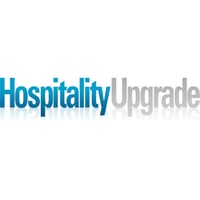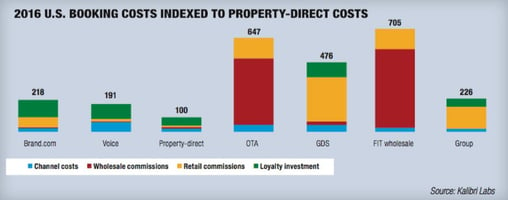If it takes 21 days to establish a new habit, it seems 29 months should be enough to help us feel...
Published Articles
HSMAI | Improving the Way We Measure Hotel Performance
The list of things that have changed and shifted since the COVID-19 pandemic hit the U.S. three years ago is long. In the hospitality industry, one of the most critical conversations has been around how we measure hotel performance “post-pandemic.” One thing is for certain – there’s no return to normal, and it’s time to stop referencing pre-pandemic numbers as a benchmark to measure success or predict future performance.
OVERALL, measuring hotel performance has become more sophisticated and holistic, taking into account not just financial metrics but also measures of guest, employee, and sustainability metrics such as:
- Increased focus on guest satisfaction: In the past, we largely measured hotel performance by financial metrics such as occupancy and room rates. However, there’s a heightened emphasis on measuring guest satisfaction through feedback and reviews – and understanding the implications for a hotel’s commercial activity.
- More granular metrics from big data: The continued growth of “big data” allows hotels to collect and analyze vast amounts of information on their guests, operations, and competitors. This has led to more accurate and detailed performance metrics, such as guest lifetime value, repeat guest rate, and guest segmentation. It can also cause a “too much” problem, leaving commercial leaders confused about what data and metrics are most relevant.
- New ways to compare performance with technology: Technology has also played a big role in changing the way hotels measure performance. In addition to using revenue management systems and property management systems to track real-time occupancy, rates, and pace, there are more business intelligence tools available today than ever before.
- More focus on sustainability: Hotels are now paying more attention to their environmental impact and are starting to measure performance through sustainability metrics such as energy and water usage. Like guest satisfaction and reviews, the visibility, accuracy, and depth of these activities are increasingly significant to a hotel’s commercial strategy.
- Increased focus on employee performance and satisfaction: The labor market is tighter than ever, and employee satisfaction and retention at all levels and in all disciplines is a hot topic for hoteliers. Having the right talent in the right roles is critical to every measure of a hotel’s success.
- Expanded perspective on performance: Hotels are now measuring performance from a broader perspective than just financials. Metrics include brand reputation, online reputation, guest loyalty, and guest engagement. Additional commercial success measures like profitability, optimal business mix, and effective deployment of resources are also critical.
At the core of any performance conversation is one simple question: “How do we know if we’re doing well compared to our competitors?” Before 2020, data was relatively reliable and consistently available. Since then, competitors' data has become limited, difficult to interpret and often unpredictable. As a result, we have to rethink the ways we measure hotel performance and define success. These conversations are happening in hotels, meeting rooms, and corporate boardrooms around the country. They’ve also been hot topics for conferences and the work of industry leaders, especially the Hospitality Sales and Marketing Association International’s (HSMAI) Rising Revenue Leader Council and the Advisory Boards for Revenue Optimization, Sales and Marketing.
Four Tips to Measure Hotel Performance
Focus more conversations around profitability. This must be the top priority in every conversation around revenue generation and overall performance measurement. Gone are the days where we measure the success of our revenue and sales leaders by comparing their performance to that of counterparts at competitor hotels. While performance metrics like index and fair share are helpful in understanding relative performance and positioning, they’re faulty measures of the success of the team’s strategies, tactics and actions.
To achieve greater profitability and optimal performance, strategic and tactical actions must focus on realistic, quantified opportunities. In order to be most effective, the team must proactively target these opportunities by considering the allocation and deployment of resources as one team with one goal: profit. Look to answer three critical questions when setting up your plan of action:
1. WHO ARE YOUR COMPETITORS FOR THIS OPPORTUNITY?
2. WHAT’S THE COST OF THIS OPPORTUNITY?
3. WHAT’S UNDER YOUR CONTROL?
Ask these questions during strategy meetings to evaluate your tactics:
- How is your hotel or portfolio performing compared to the previous period?
- What metrics are most relevant for that time period and the goal you’re trying to achieve? For example for a high-demand period, it might be appropriate to focus on average daily rate (ADR) or ADR growth to measure rate strategy efficiency.
- If your focus is a future period, what actions can you take to impact the trajectory of your performance?
- If your focus is on the past, is there anything you would have done differently that can apply to future, similar periods? What worked well at this specific time?




